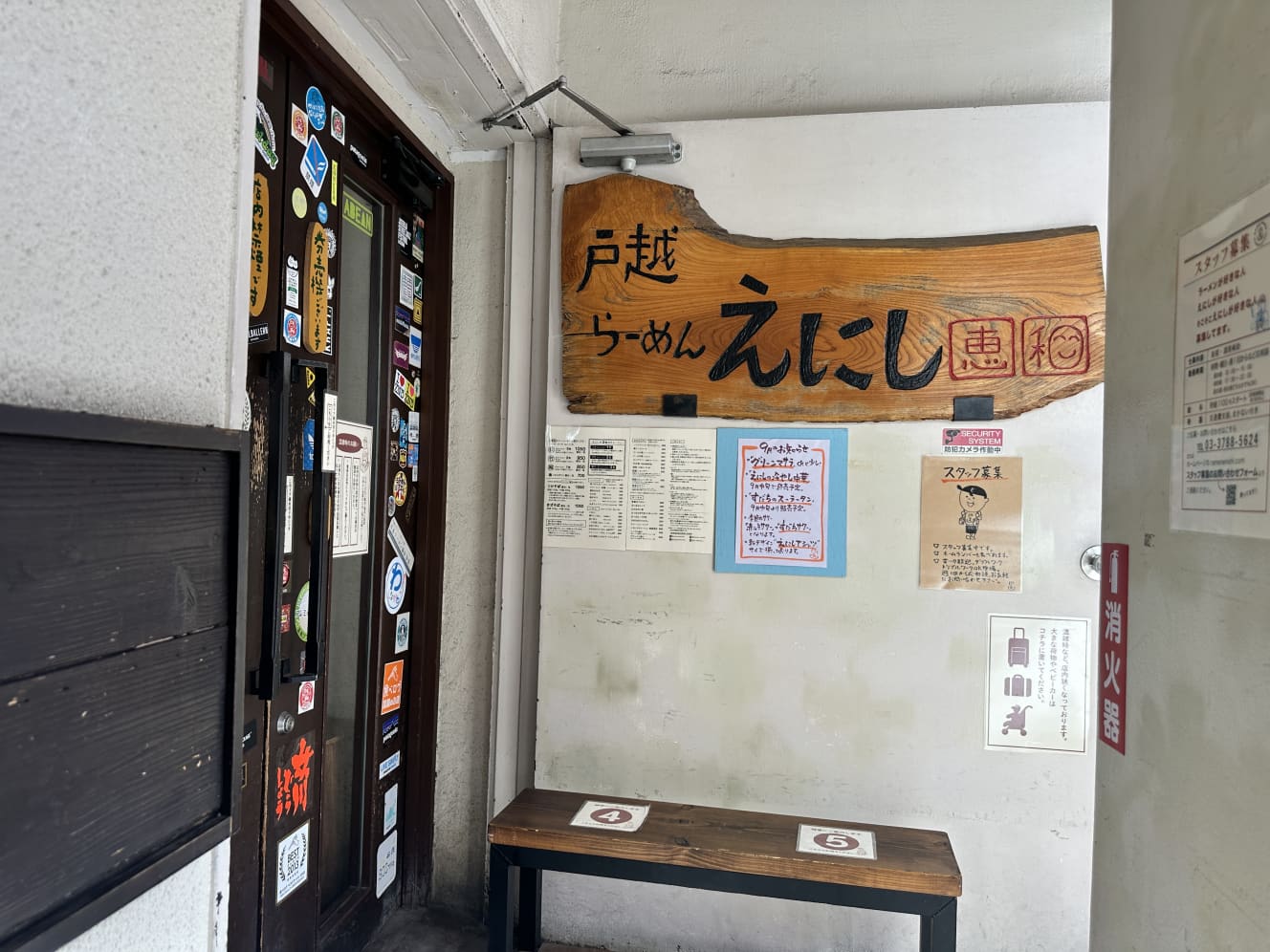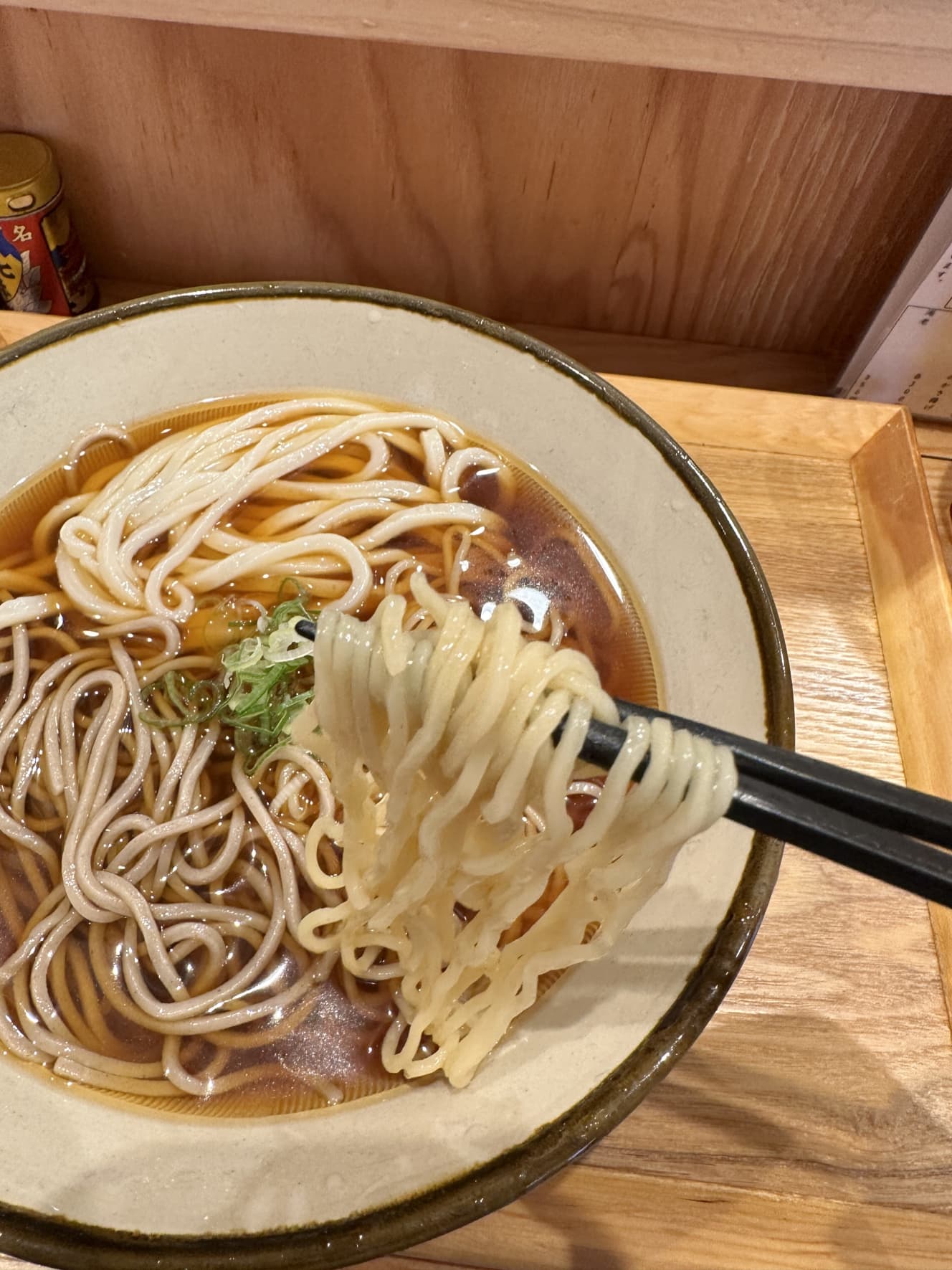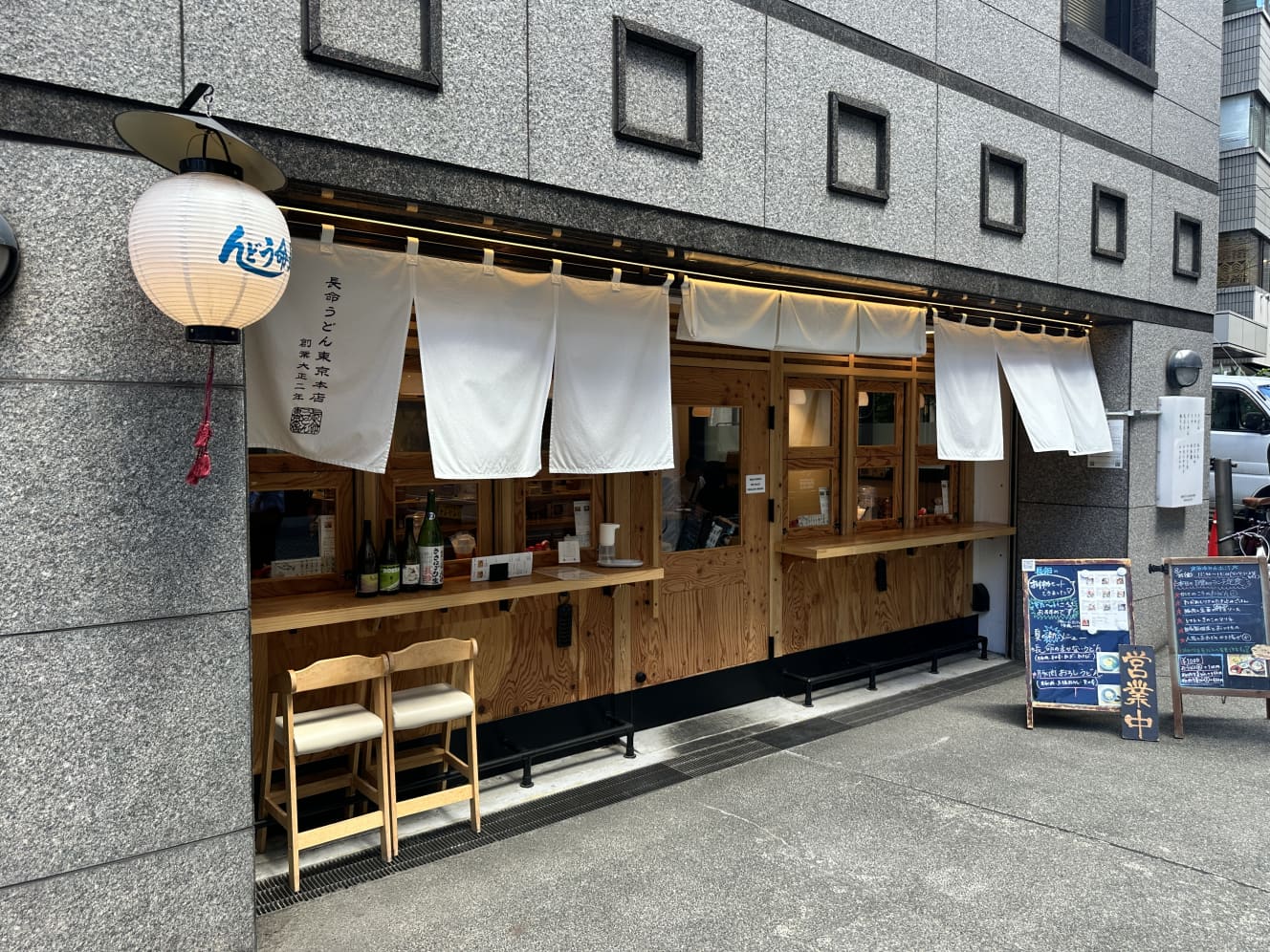Udon, Soba, and Ramen in One Dish! Leave your preconceived notions behind and enjoy the multiplication of craftsmanship and flavor at “Neo Gozaizari”!
Not just noodles! Citrus fruits, spices, and kelp water… “Umami” and “Sourness” ingenuity!
Gozarizari,” a dish of different types of noodles, has become popular. In recent years, however, “neo-gozari,” which increases flavor and enjoyment geometrically, has been attracting attention due to the creator’s ingenuity.

This “neo-gozari” is not just a matter of increasing the number of noodle types. Each type of noodle has a “combination of umami ingredients” such as citrus fruits, spices, and kelp water, as well as an added-on “acidity impact. Neo Gozakari is a dish of multi-layered textures achieved through a variety of noodles, but it is also a dish of “fusion of five flavors” and “multiplication of umami” that should not be overlooked.
In addition, the neo-goza-mori does not allow you to “eat while eating” because each of the individual flavors is so intensely different from the others. Before you take a noodle with your chopsticks, dip it in the dipping sauce, and bring it to your mouth, you have to think about which noodle you want to pick up, and your chopsticks have to stop in front of the bowl. By confronting the neo-goza-mori, we are consciously confronted with the noodles!
In this issue, we will introduce you to the fascinating world of tsukemen, from “Enishi” (Togoshiginza), where two kinds of tsukemen are made in-house, to “Chomei Udon” (Ebisu), a three-mixture of udon, soba, and ramen from Nagoya, and “Wazyu Seimen” (Keikyu Kamata), a hybrid of four kinds of tsukemen.
Follow each neo-goza-mori and you will discover a deep backbone of artisans and culinary culture that goes beyond mere movement.
Two kinds of Ramen: The Royal Tag Team of Slippery and Whip-cracking Ramen / Togoshi Ramen Enishi (Togoshiginza, Tokyo)
Founded in Ebisu, Tokyo, Enishi moved to Togoshi Ginza in 2004. Since 2006, they have been making their own ramen noodles and have been serving them in the Togoshiginza shopping district. Since 2006, they have been making their own homemade noodles, and have created unique noodles such as those containing “mugwort powder” and “purple sweet potato” kneaded into the noodles.
This neo-goza is a combination of “thin noodles” with a perfect wheat flavor and “flat noodles” with a smooth texture. The combination of the two is a highlight of the royal noodle tag team. Tsukemen used to be served with thicker noodles, but it was not until 2010 that they began serving them in a combined bowl. We have shifted to serving tsukemen (thick ramen noodles) since 2010. We decided to introduce a new type of ramen that is easy for us to make,” says owner Tadashi Tsunoda.

I tried the noodles right away! The color of the thin noodles is clearly different from the flat noodles, but the noodles are supple and can be easily slurped. The thin noodles have a simple flavor that slides easily down one’s throat. The flat noodles, on the other hand, are chewy and chewy to the max. You can also feel the freshness of the noodles.
The thin noodles are so smooth and chewy that it seems like you could go on an endless loop, but you can also enjoy changing the flavor by using condiments, yukou, and handmade shichimi. The yakumi is grated daikon radish with a hint of shiso leaves, and the yuko is a citrus fruit from Tokushima. A quick spray of yuko gives the noodles a refreshing taste similar to the fruity taste of yuzu.
Both types of noodles are made from domestic wheat flour. The thin noodles are made mainly from 100% flavorful “Yumechikara” second-grade flour, with rye added. The flat noodles are made with a blend of domestic wheat flour for a clean skin and supple texture. The two noodles are tuned so that they take the same amount of time to boil, an adjustment that only a craftsman who has been refining his own homemade noodles could make. Mr. Tsunoda smiles, “In the past 10 years, the variety of domestic wheat flours handled by flour mills has increased, and so has the variation among makers.
The first impact of the noodles, with their different personalities, is a delightful texture and a very satisfying eating experience. It is a dish that reflects the owner’s desire for customers to thoroughly enjoy the noodles.


Udon, Soba, and Chinese noodles in a three-way battle of tastes! Chomei Udon Tokyo Main Store (Ebisu)
What are “Uso” and “Uchu”? Mysterious menu names displayed at an udon store in Ebisu. The answer lies in the bowl of udon you order and receive. The phrase means “Udon + Soba” and “Uchu” means a combination of Udon and Chinese Soba.
The additive-free dashi broth is paired with udon noodles made in-house at Chomei Udon Tokyo Honten. It opened in 2010 as a branch of the famous Nagoya restaurant Chomei Udon, which has been in business for 109 years. The amazing feature of this restaurant is its noodle lineup, which includes udon, Chinese noodle, soba, and kishimen (flat noodle).


Let’s start with the largest three-mixture of udon, soba, and Chinese noodles. In other words, “Usonaka. First, let’s start with their signature udon noodles. Soft and chewy, with an exquisite firmness that makes it easy to eat! The udon noodles are a gem, made in-house at the main Tokyo branch.



Next, we move on to the Chinese noodles and then the soba. The Chinese noodles are thin and crisp, and the soba is crisp and smooth. The bowl of udon, soba, and Chinese noodles is supported by a broth with a strong broth flavor. The soy sauce base is fragrant with dried bonito flakes, so it blends easily with udon and soba. Surprisingly, it also goes well with Chinese noodles. When you think about it, both soba-tsuyu and shoyu ramen soups are based on the combination of bonito flakes and shoyu. It is not surprising that they go well together. And because it is a combination of three kinds of noodles, the seasonings are also borderless. On the table, there is a lineup of chili pepper, shichimi (seven spice), white pepper, and special soy sauce. Udon + white pepper is a recommended change.
Usochu” is not the only noodle dish. If you include the fourth type of noodle, “Kishimen,” in the list, you will have even more options for the three types of mixed dishes. The “Uso-Kishimen” (udon, soba, and kishimen) and “Uki-Chu” (udon, kishimen, and Chinese noodles) would also make an interesting matching.

WA-UZU SAMEN (Keikyu Kamata): Creating a surprise bowl of noodles by using a double noodle-making machine
Since the opening of “Chuka Soba WA-UZU” in Oimachi in 2004, the WA-UZU Group has developed five restaurants with different personalities and tastes. The latest brand is “Wahuzu Seimen,” which opened in June. The specialties are four types of noodles woven together using two noodle-making machines! Let’s take a close-up look at this tsukemen specialty restaurant where you can thoroughly enjoy the charm of homemade noodles.


Four types of noodles are served on the plate: medium-thick noodles, hand-rolled extra-thick noodles, hand-rolled flat noodles, and string noodles. The orthodox medium-thick noodle is smooth and superbly smooth! The hand-hammered flat noodles are like fettuccine in pasta. The texture is sensual and the dipping sauce goes well with it! The handmade extra-thick noodles have a crunchy texture. The moment before biting through, after a moment of whiplash resistance, the noodles are cut off with a snap, and the cleanliness is irresistible. The string noodles have a sexy smooth surface. The wide noodle that you bite into fills your mouth with a sensational sensation.
Each noodle has its own unique characteristics, but they are also very flexible in the way you eat them. In addition to the light and refreshing dipping sauce, there is a small bowl of kombu water on the table. The noodles can be served plain, or you can simply dip them in salt to enjoy the aroma of wheat and noodles, or you can eat them with dipping sauce in a straightforward manner, or you can change the flavor with fresh green laver (……4).
But how is this quattro noodle created? According to the owner, Mr. Hiroyuki Takahashi, the four types of noodles are made using two different types of noodle-making machines.
We use two types of machines: a roller type and a press type. The roller type is suitable for making noodles with a firm texture, but the water content is limited to about 40%. On the other hand, the press type can produce noodles with a water content of 50% or more, giving them a texture similar to handmade noodles,” says Takahashi.
The water addition ratio is the ratio of water added to flour when making noodles. Low water content noodles have a crunchy texture, while high water content noodles have a chewy texture. At WA-UZU MUSHIMEN, handmade flat noodles and handmade extra-thick noodles have a high water content of 42% and 46%, respectively. The medium-thick and string noodles have a water content of 40%.
The homemade noodles of four different types are the work of artisans, but the operation to serve all four types of noodles at the same time is also well thought out. The noodles with the longest boiling time are first boiled, and then the three types of noodles are added one after the other at different times. The timer controls the boiling time and adjusts the timing so that the noodles are finished boiling at the same time.
While the presentation of the four kinds of noodles is eye-catching, the kitchen, which is out of sight from the customers’ seats, also supports the quality of the performance. The rotation of the chefs who serve the noodles in the best condition is admirable.


The level of homemade noodles has risen dramatically with the advanced development of flour production and distribution. Proficient operations also firmly support the site of provision. The gems introduced here are completed in an eating environment where the entire value chain is highly advanced. In the future, we can expect to see more hybrid menus that crossover genres, such as the one at Usochu, as well as changes in the mix of soups and dipping sauces. I would like to sip the “neo gouzakari” that will blossom in the 20’s and feel the future of the noodle industry.
Interview, text, and photographs: Masataka Sasaki
Representative of Kids Factory. He has edited several ramen books, including "Hideyuki Ishigami Ramen Selection" (Futabasha), "The Industry's Highest Authority TRY Certified Ramen Grand Prize" (Kodansha), "Ramen Saikyou Unchiku Ishigami Hideyuki" (Shinyusha), and "Solanoiro Chihiro Miyazaki's Ramen Theory" (Shibata Shoten). He loves ramen, and his motto is "Be a pervert in your quest for ramen, but a gentleman in your behavior.